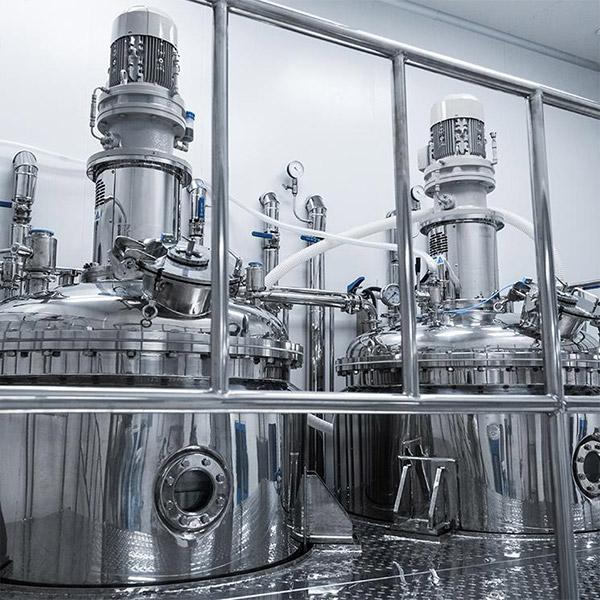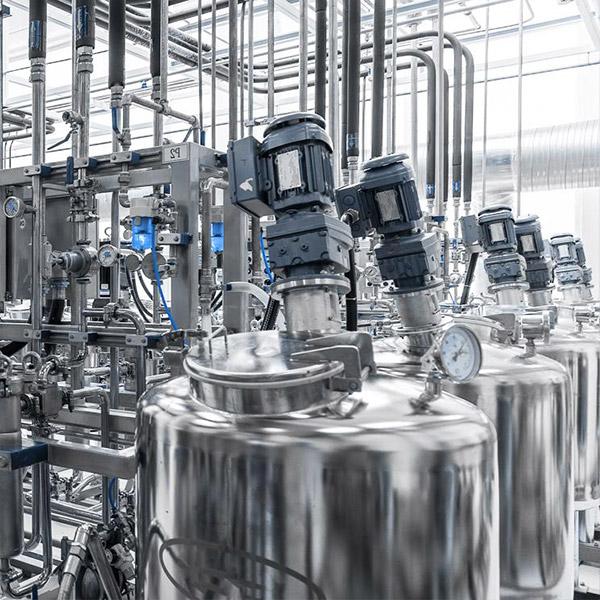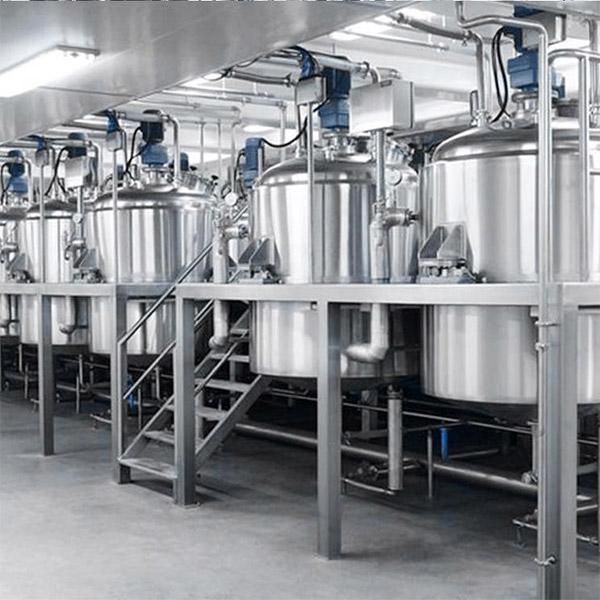


Steam distillation involves passing steam through plant materials to vaporize volatile compounds, which are then condensed and collected in receivers. This is the preferred method to retain the purest form of the plant materials, extracting essential oils, as it minimizes damage to heat-sensitive components and allows for the isolation of oils with their aromatic properties intact. Proper control of factors such as steam pressure, temperature, water quantity and quality, and collection time and method is essential to the success of the process.
Solvent extraction is a separation process that involves the selective dissolution and separation of components from a raw material using solvents with different solubility and properties. This method is widely used for the extraction of oleoresin from plant materials, which is a mixture of essential oils and resinous materials found in various plants like black pepper, ginger, turmeric, and many more.
The quality and properties of the products obtained from solvent extraction depend on factors such as the type of solvent used, the extraction method employed, and the quality of the raw materials. It is important to note that proper purification and desolventization of the products are crucial to ensure their safety, purity, and compliance with regulatory standards.


Supercritical Fluid Extraction is a process of extracting various compounds such as essential oils, flavors, fragrances, and medicinal compounds from natural sources using carbon dioxide (CO2) in its supercritical state, where it behaves as both a liquid and a gas. This is an environment-friendly method as CO2 can be recycled, and effectively killing microbial bacteria, molds, and mildews during the process. This makes it a popular choice for extracting compounds for use in the food, beverage, and medical industries, as the resulting extracts are guaranteed to be free of any residual solvents. This method ensures a purer extract than many solvent-based extractions since there is no residual solvent present.
Encapsulation is the process of enclosing or entrapping one substance within another to form a capsule or coating, usually for the purpose of protection, stabilization, or controlled release. When combined with the spray drying method, encapsulation becomes even more valuable, facilitating the production of solid particles with a narrow size distribution ranging from submicron to micron scale. The remarkable feature of spray drying is its ability to work in synergy with encapsulation while minimizing thermal degradation. This versatile method is also well-suited for heat-resistant and heat-sensitive products, offering flexibility in capacity design and compatibility with fully automated control systems.
